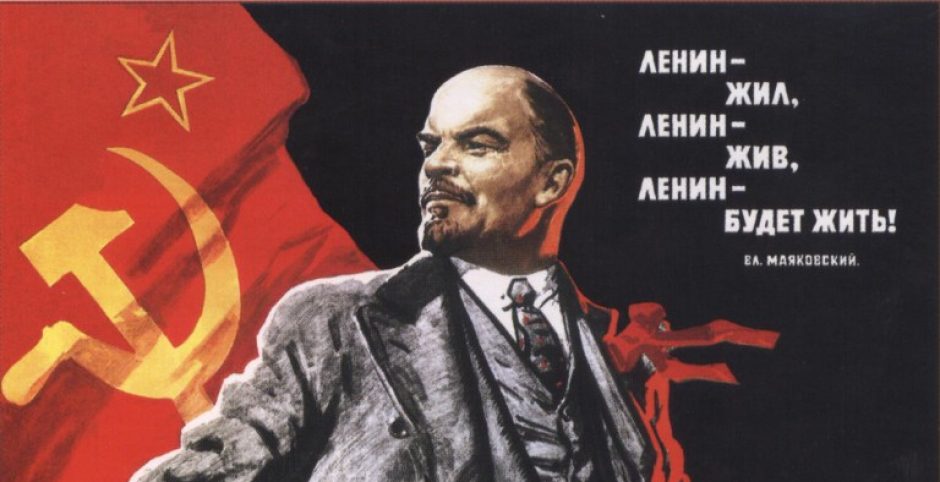From Peter the Great’s technical schools to Catherine’s allusions to widespread education in the Nakaz, rulers in Russia have strived or at least leaned in the direction of reforming the nation’s social sphere through education. However, these efforts were not a particular priority for many years, and when Catherine’s seemingly modest changes in publishing and education became fuel for insurgence, one could draw the conclusion that mass educations and Russia’s ruling systems should not mix if order was to be maintained.
However, Stalin clearly believed otherwise. In the early years of the Five Year Plan, technical experts at the head of Soviet administration and industry were regarded with suspicion, and various policies were put in place to encourage the promotion of workers and Communists to higher positions, especially by making higher education in technical subjects available to them. “It was imperative to begin training a new generation of cadres who would be both Red and expert. The normal higher education system, especially the engineering schools, would provide the training. This meant curriculum changes and a new admissions policy that would discriminate strongly in favor of working-class and Communist applicants, even if their educational preparation was poor” (Fitzpatrick, 156). These social policies pushed certain demographics very intentionally into a new kind of Soviet elite, cadres who were both personally committed to the Soviet project and also prepared to head its growing industry and governmental leadership positions.
Fitzpatrick quotes Stalin’s reasoning for these social policies: “We need commanding and engineering-technical cadres capable of understanding the policies of the working class of our country, capable of mastering those policies and prepared to carry them out conscientiously… Our country has entered the phase of development when the working class must create its own productive-technical intelligentsia, capable of standing up for its own interests in production as the interests of the working class” (Fitzpatrick, 155, quotes fromStalin, “Novaia obstanovka-novye zadachi khoziaistvennogo stroitel’stva” (23 June 1931), in his Sochineniia”). Unlike Peter, Catherine, and other rulers wary of educating peasants and other working classes in fear of their uprising, Stalin is encouraging similar demographics to take control of the regime in accordance to his own agenda.
How did Stalin’s efforts to replace “bougeois” elements in the growing Soviet elite by reforming higher education and publicly pushing for workers to become technical experts build or break away from past relationships between rulers and education?
